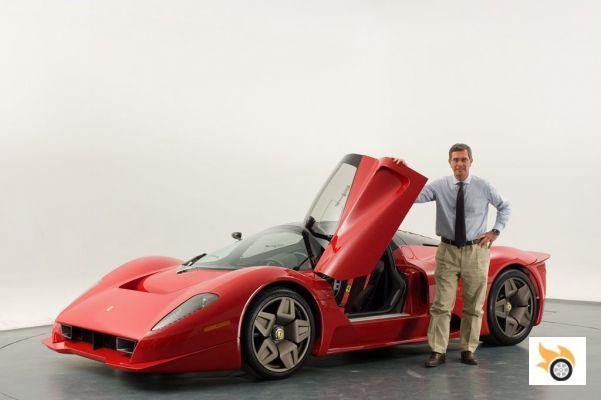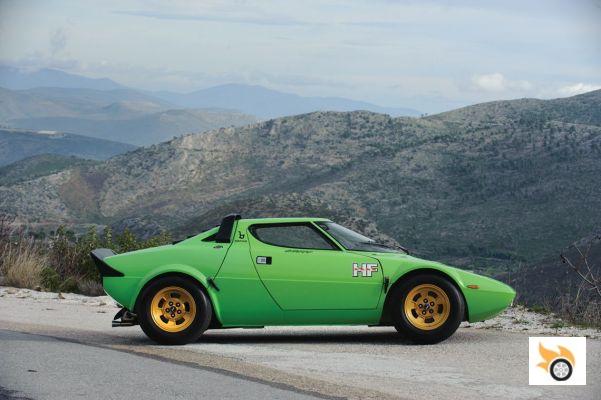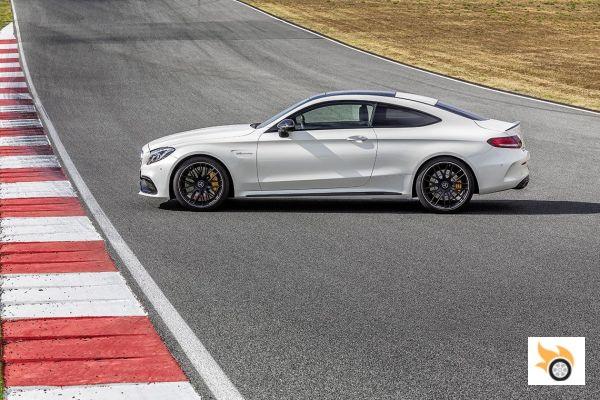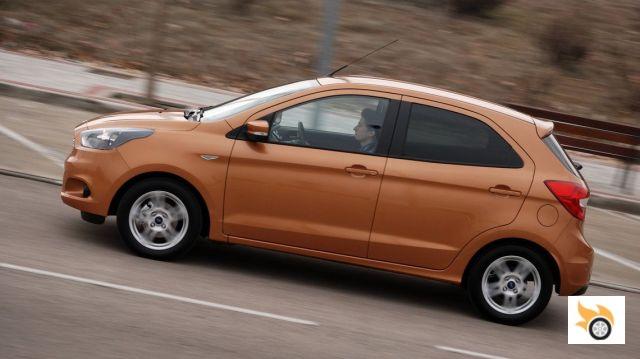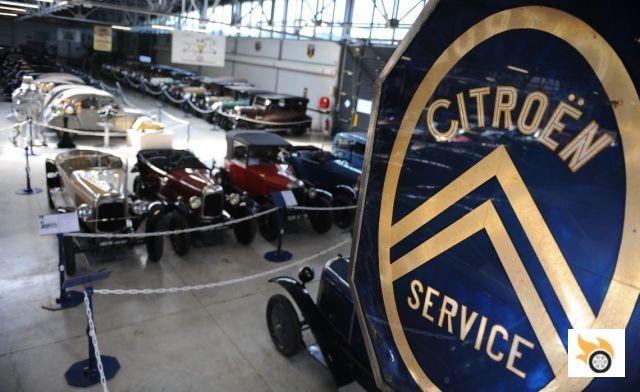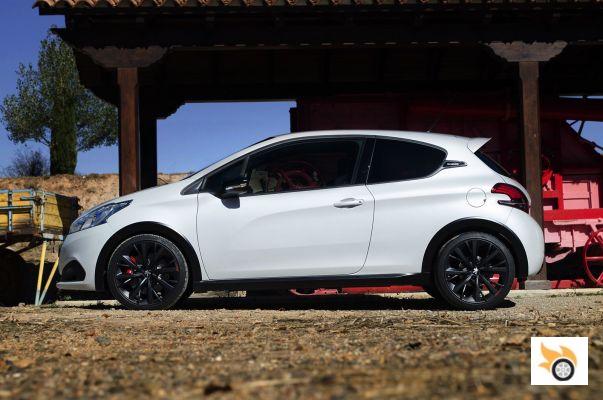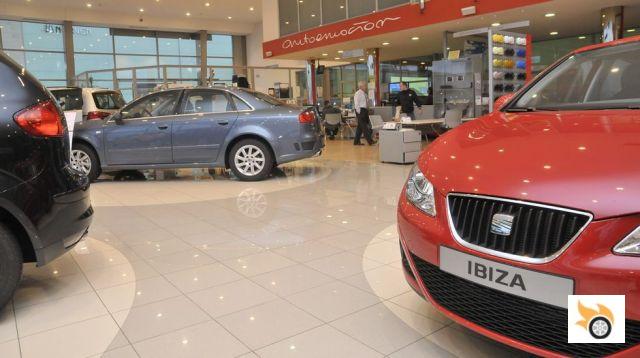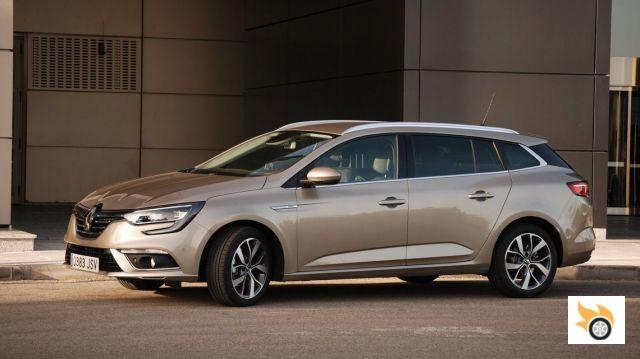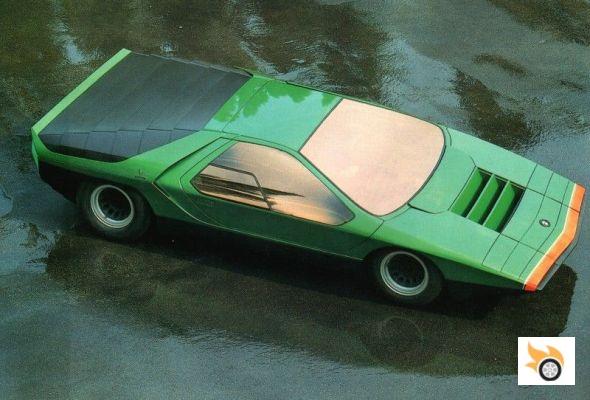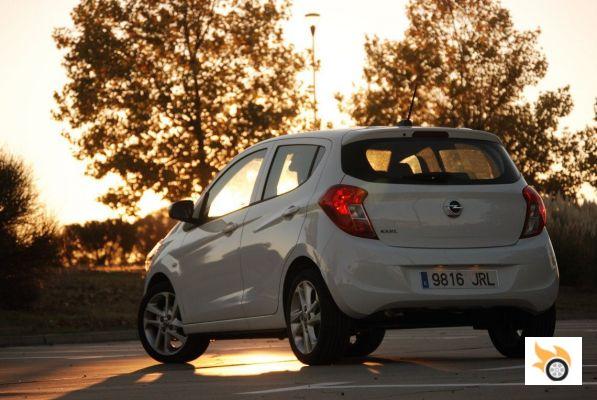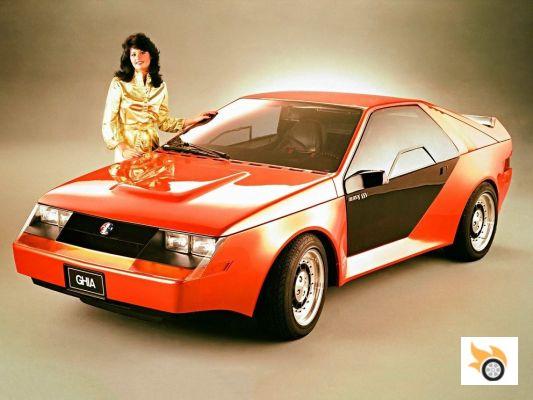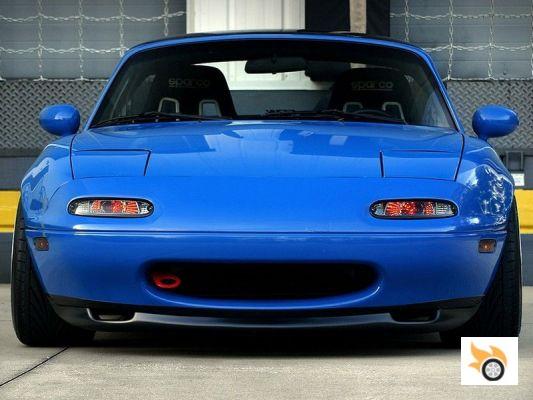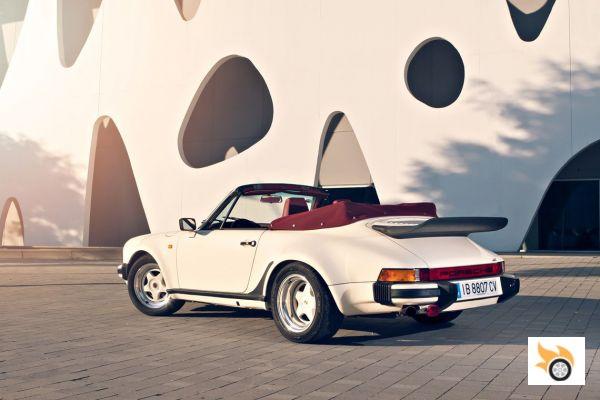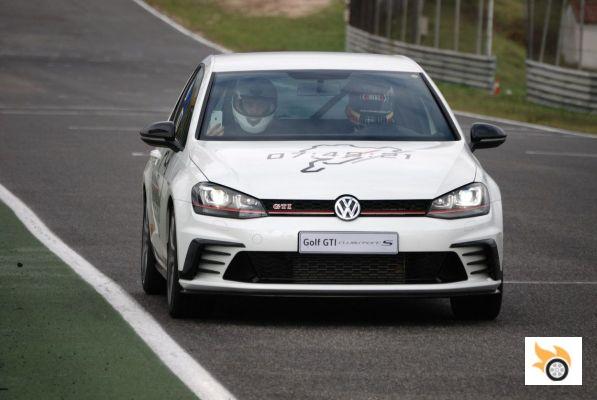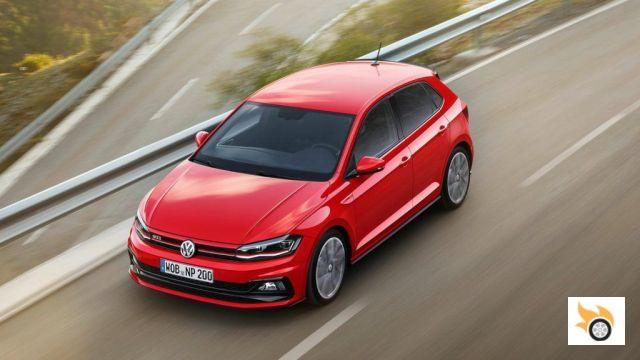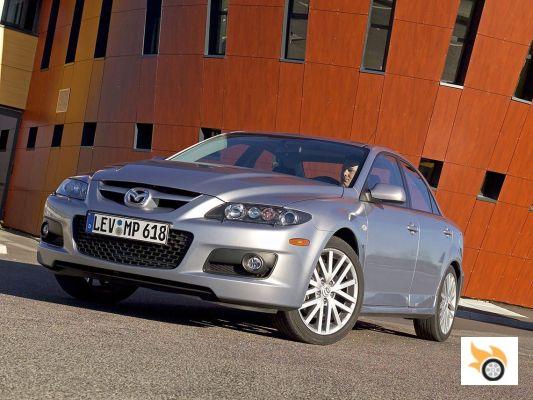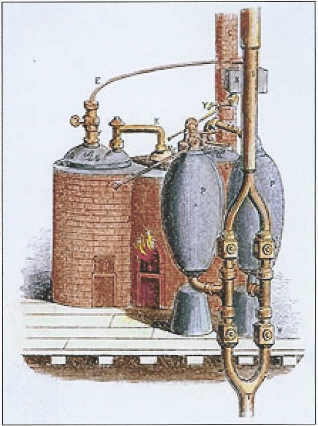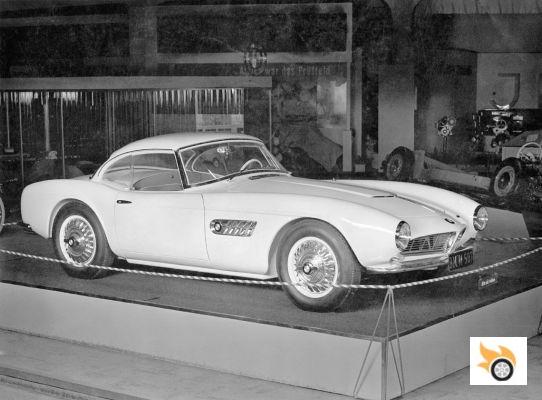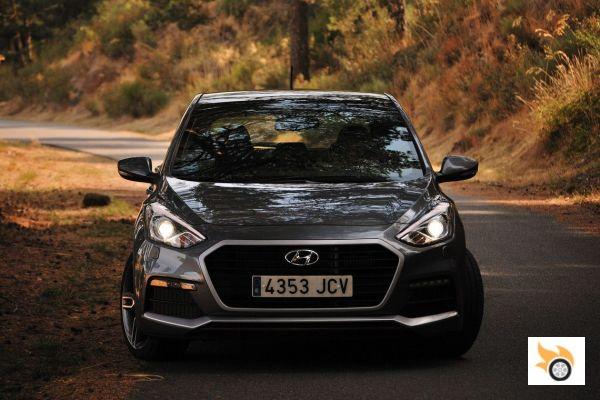SUVs are cars that offer greater perceived safety, mainly for two reasons. On the one hand, they appear to be more protective because of a larger and higher body, where it is more difficult - in theory - to get hurt in case of a collision. As we saw in a previous article, this is not necessarily true, but it can happen. On the other hand, the elevated position of the steering wheel gives greater confidence because of the "better control of the environment", although the visibility in reverse is so bad that you can run over a child without seeing it (hence the reversing cameras). On the open road, the elevated driving position does not contribute anything positive to active safety, in fact, it makes it difficult to perceive what the vehicle is doing (drivers are scratching their butts against the asphalt for a reason).
Choices can have advantages and disadvantages. In the case of SUVs, if you want to take advantage of their advantages you have to deal with their disadvantages. They may have more passive safety (protect in case of an accident) but they are worse in active safety (anticipate the accident). This is not my opinion, it is physics, and the data proves me right; skeptics can review the article mentioned above. In other words, it is necessary to adapt the driving of an SUV to mitigate that disadvantage.
If in a passenger car maintenance is important so that you can rely on the dynamic characteristics it had new, in an SUV it is even more important. Tyres, shock absorbers and suspension, braking and steering elements must be in good condition. This type of vehicle is very dependent on these systems, even if it has an arsenal of electronic aids: they all depend on the correct functioning of the aforementioned. Take a look at the video above these lines.
It is a very illustrative video, one of the most awarded models in SUV dynamics comes out, but the ARP (anti-roll protection) system comes into operation, which causes a violent braking of the left front wheel in a dodging maneuver. These tests are done with new cars, if that Macan had 200,000 km and minimal maintenance, it could have rolled over or gone much further off course.
In other words, it would show its age much more than a passenger car, it has more kinetic energy (much more).
Every time I see an SUV with very worn tyres, or tyres of dubious reputation (because the top brands are expensive), I get a lump in my throat. Sometimes my vandalistic side thinks that if I punctured those tires I would be doing the owner and society a favor, but explain that to a judge or police officer. Just keep your fingers crossed that you don't run into these people on the roads, even if they are the most prudent drivers in the universe! And it's got to be scarier what you can't see, what only a mechanic will find if he looks in the guts of the vehicle.
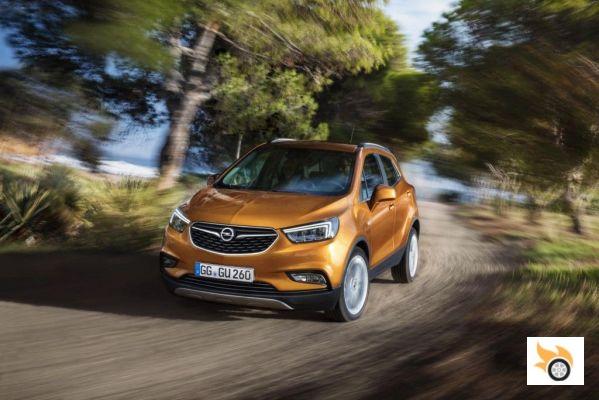
Now that the subject of maintenance is clear, let's move on to active safety. The higher the speed, the higher the risk, so if with a car it is important to respect the speed limits, it is much more important to do so with an SUV. Many drivers have already caught it, as there are radars "you can't run" [with impunity], and it is difficult to see an SUV speeding on a motorway. Others are deterred by the higher consumption of these cars: bad aerodynamics + more weight + higher speed = ruin.
I'm convinced that the plague of radars is related to the increase in SUV sales.
Moreover, I would advocate putting a speed limit for SUVs lower than passenger cars, 10-20 km / h less, also apply it to large minivans, SUVs, etc.. But well, if pick-ups have recently been allowed to reach higher speeds than trucks, let's see how they defend that... Another legal fix would be to force them to maintain a greater safety distance, like 3 seconds minimum, to compensate for their longer braking distances inherent to their greater mass and higher center of gravity.
Before someone ties the knot in the noose to hang me, I'd like to explain. 10 km/h less is of little relevance for energy consumption purposes, or not, it matters more the worse the aerodynamics are. There is an important difference in the calculation of kinetic energy, which is calculated as half the mass times the square of the speed: 1/2 m * v².
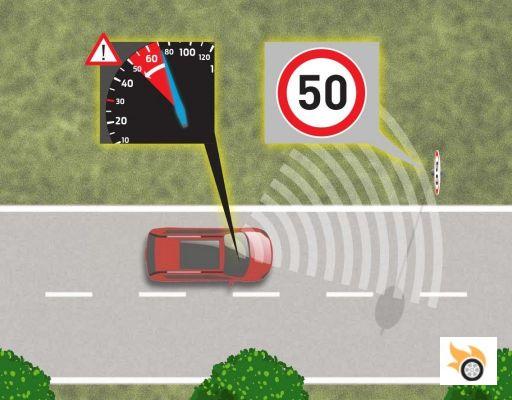
Imagine an 1800 kg SUV travelling at 110 km/h (30.5 m/s), its kinetic energy is 837,225 joules. If it drives at 120 km/h (33.3 m/s), the thing goes up to 998,001 joules, it's not a little more, it's much more: almost 20% energy increase. This additional energy will have to be stopped by the brakes and tyres with a 20% higher effort, and that's 10 km/h of nothing!
But this is much clearer at 150 km/h. With that mass we go to 1,562,500 joules, dangerously close to twice as much energy as at 110 km/h. These calculations are valid for a short car - like an Aston Martin - and an SUV weighing the same, but it underlines the importance of maintaining moderate speeds with vehicles that are more difficult to stop and control. The higher the centre of gravity, the worse.
In my 13 years as a driver I've tested - at this point - about 500 different models, almost all designed since 2000, and I've rarely felt comfortable going fast (over 120 km/h) with an SUV; with pure off-roaders I've felt especially uncomfortable. It's not only that it's hard for them to keep the pace without a very high consumption, it's that you can tell they're not in their element.
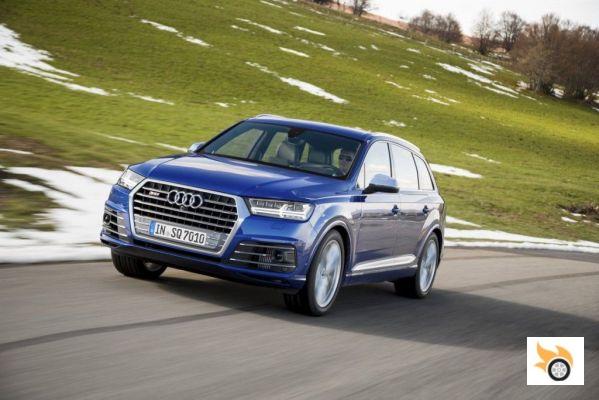
Participating in a debate in a forum of owners of a brand other than my own, I agree with the opinions of several SUV users: you have to drive them with less love of haste, enjoying the journey and the views more. It would be great if everyone had it so clear.
In a straight line all cars go well. When I tested the Volkswagen Tiguan in Germany, I was a passenger while my test partner put the car through its paces at 200 km/h on an Autobahn - it was legal to do so. We didn't feel particularly at risk or fear for our lives. However, in a particularly tricky situation, where we had to dodge a hazard quickly, I wouldn't have bet that we'd come out of it safely.
SUVs aren't good cars for the "right foot" - as soon as you take them out of their comfort zone, they'll be in trouble. Rather they are models aimed at those who don't feel comfortable driving fast and prefer to be within the margins of indulgence of the "electronic cops". You'd have to tell that to the typical buyer of a premium SUV with over 200 hp, who thinks they're driving supercars. In generalists, fortunately, they rarely put more horsepower in an SUV.
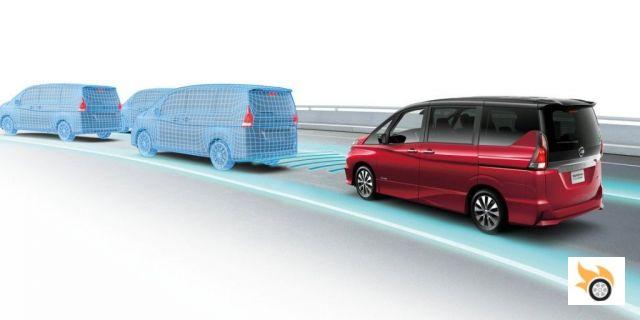
Finally, I would like to stress the importance of safety extras: it's better to spend money on the front camera, the radar with ACC and all the extras in that sense, than to equip 19-20″ wheels with expensive tires to look cooler. The bigger the rim, the more reinforcement the tire has to have to hold up, so it's normal that they cost more. In fact, modern SUVs would be a utopia if they continued with the tire technology of the 90's, not to mention backwards.
The IIHS studies prove me right: it is more important to have preventive safety systems than heavy armor. In fact, armor should be the last frontier, because armor only protects in case of a collision, the rest of the time it's a nuisance.
If these arguments are not enough, let's think about others. The increase of fuel consumption increases pollution, but much more increases the higher wear of tyres, more use of braking materials, more re-emission of particles by crushing them with the wheels on the asphalt and spreading them again in the air; from there to the lungs. The latter is said by scientists, not this article writer. The concept of re-emission was wrongly used to try to justify that the Pisuerga passes through Seville, or that electric cars emit more particles. That was false (the initial data was wrong), but the re-emission of particles is a fact.
I think it's great and great that everyone buys the car you want, for the reasons it deems appropriate. However, they should adapt to what they drive, for their own good, and for the collective good. To take advantage of the benefits of an SUV you have to drive differently, they are not cars. On the other hand, you also have to think of others, reducing the chances of being involved in an accident is less likely to cause damage to others. The bigger and heavier the vehicle that hits, the greater the consequences for those hit, whether it's a Chevrolet Matiz or a Panzer IV tank. These are the laws of physics and I did not dictate them.




